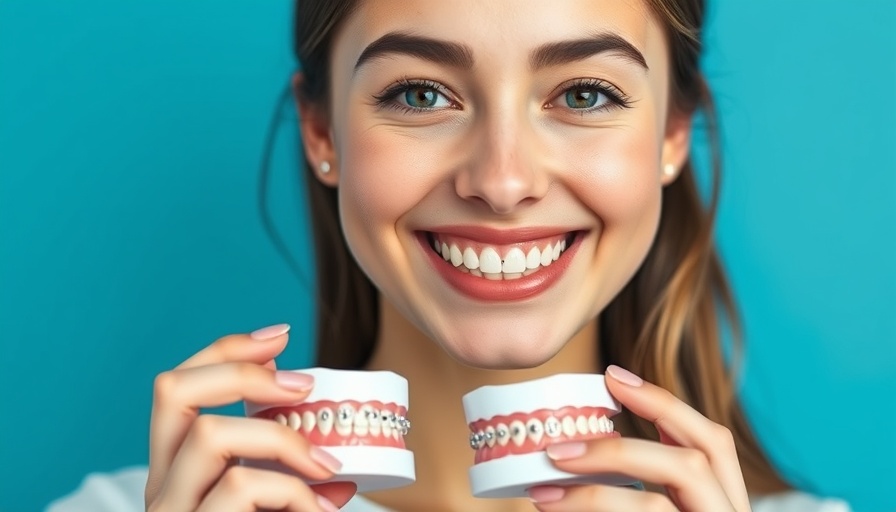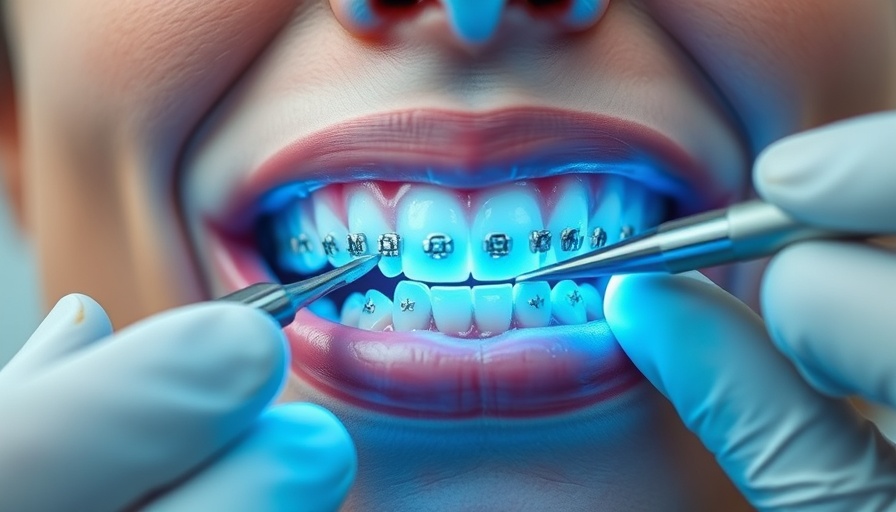
Deciding Between Braces and Invisalign: What You Need to Know
Choosing the right orthodontic treatment can be a significant decision for many families in Omaha. As parents consider options for their children or themselves, the question often arises: Should we opt for traditional braces or Invisalign? Each option comes with its unique set of advantages and challenges, making it essential to understand each treatment option's implications before proceeding.
Aesthetic Considerations for Every Age
One of the first aspects families think about is appearance. For younger children and teens, the visual impact of orthodontic devices can influence self-esteem significantly. Traditional braces, featuring wired brackets, remain visible, which can be a drawback for those sensitive to their looks. Conversely, Invisalign offers nearly invisible aligners, appealing to those who wish to maintain a discreet appearance during their orthodontic journey. This makes it particularly attractive for older teens and adults concerned about maintaining their professional image.
Comfort Levels: Braces vs. Invisalign
Comfort plays a vital role in orthodontic treatment decisions. Many wearers find that braces can sometimes lead to mouth irritation as the brackets and wires can be abrasive. In contrast, Invisalign aligners are designed to be smooth and tailored to fit snugly over the teeth, generally causing less discomfort. However, taking full advantage of Invisalign’s benefits involves a commitment to wearing the aligners for at least 22 hours a day, which some patients find challenging.
The Role of Lifestyle in Your Decision
Your or your child’s lifestyle can be a game-changer in determining the best orthodontic option. For those involved in contact sports, traditional braces can pose a risk of injury. Invisalign aligners can be removed during play, thus reducing this risk significantly. Food choices also come into play; certain sticky or crunchy foods can damage braces, while aligners allow for greater dietary freedom since they can be removed for meals. However, it’s crucial to practice good oral hygiene with Invisalign to avoid staining.
Keep in Mind: Effectiveness of Each Treatment
When it comes to effectiveness, both braces and Invisalign are highly capable of correcting various orthodontic issues. Braces tend to excel in complex cases needing more significant adjustments, while Invisalign can effectively address mild to moderate alignment problems in a shorter time frame, depending on the patient's commitment.
Take the Next Step Towards a Confident Smile
Choosing the right orthodontic treatment is not merely about aesthetics or comfort; it’s about finding a solution that fits your lifestyle and dental needs. If you're in Omaha and ready to explore your options further, consider scheduling a consultation to discover the best path to a healthy, confident smile!
 Add Row
Add Row  Add
Add 




 Add Row
Add Row  Add
Add 


Write A Comment